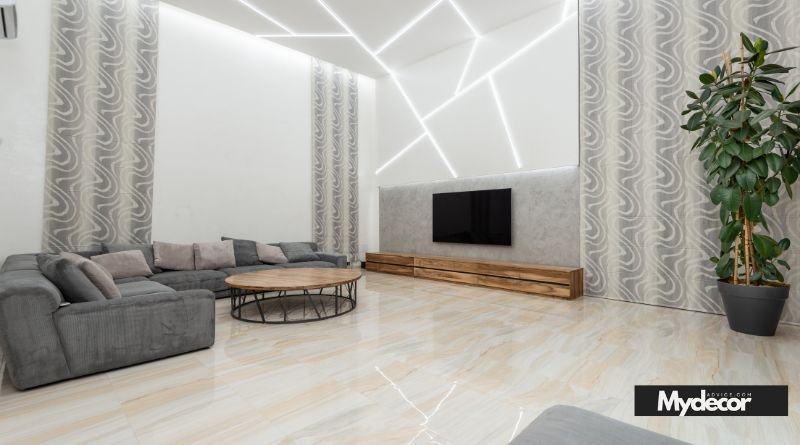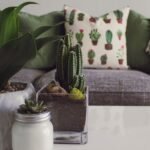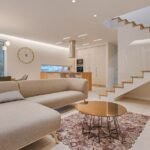Interior design is an art form that seamlessly blends creativity, functionality, and personality to transform spaces into meaningful environments. Each design style represents a unique way of envisioning interiors, reflecting cultural influences, individual preferences, and innovative trends. Whether you’re redecorating your living room, designing a new home, or revamping a commercial space, understanding different interior design styles is key to making informed decisions. In this article, we’ll explore popular interior design styles, their characteristics, and how they can be incorporated into various spaces.
What Are Interior Design Styles?
Interior design styles are frameworks or guidelines that define the overall look, feel, and functionality of a space. These styles often revolve around specific aesthetics, including furniture design, color schemes, materials, and décor elements. Choosing the right style allows homeowners, designers, and architects to align a space with its intended purpose and the personalities of its occupants.
From the timeless elegance of traditional design to the sleek minimalism of modern aesthetics, there is a style to suit every taste and need. Let’s delve into the defining features of some of the most popular interior design styles.
Traditional Interior Design
Traditional interior design draws inspiration from classic European décor, often reflecting 18th and 19th-century styles. It emphasizes elegance, symmetry, and richness, incorporating ornate furniture, intricate moldings, and luxurious fabrics.
- Key Features:
- Dark wood furniture with carved details.
- Warm and rich color palettes (deep reds, greens, and golds).
- Upholstered furniture with fabrics like velvet and silk.
- Chandeliers and other ornate lighting fixtures.
- Decorative elements such as framed art, porcelain, and floral patterns.
Traditional interiors are perfect for those who appreciate timeless beauty and a sense of formality in their living spaces.
Modern Interior Design
Modern design emerged in the early 20th century, focusing on simplicity, functionality, and the use of industrial materials. It prioritizes clean lines, open spaces, and a clutter-free aesthetic.
- Key Features:
- Neutral color schemes with occasional bold accents.
- Materials like glass, steel, and concrete.
- Open floor plans with a focus on natural light.
- Furniture with clean, geometric shapes.
- Minimal décor to emphasize functionality.
This style appeals to individuals who value a sleek, streamlined look and efficient use of space.
Contemporary Interior Design
Often confused with modern design, contemporary design is more fluid and dynamic, reflecting current trends. It incorporates elements from various styles, allowing for a versatile and ever-evolving aesthetic.
- Key Features:
- Neutral tones paired with bold accents like black or metallics.
- A mix of textures, including smooth surfaces and soft fabrics.
- Eco-friendly materials and sustainable design principles.
- Innovative furniture and lighting solutions.
- Open spaces with an emphasis on functionality.
Contemporary interiors are ideal for those who enjoy staying ahead of design trends and appreciate flexibility in style.
Minimalist Interior Design
Inspired by modern design principles, minimalism strips away excess, focusing on essentials. This style emphasizes simplicity, clarity, and the use of negative space.
- Key Features:
- Monochromatic color schemes (whites, greys, and blacks).
- Streamlined furniture with no ornate details.
- Natural light as a primary design element.
- Open layouts with minimal furniture and décor.
- High-quality materials to highlight craftsmanship.
Minimalism suits those who seek tranquility and functionality in their spaces, free from visual clutter.
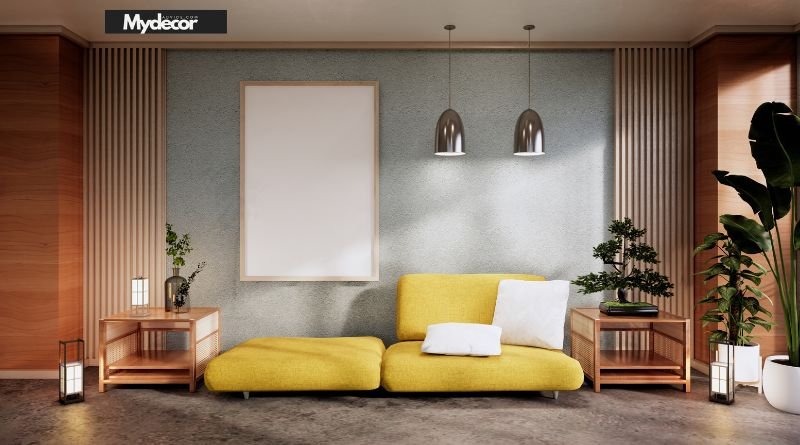
Scandinavian Interior Design
Scandinavian design is known for its cozy simplicity, inspired by the Nordic lifestyle. It combines functionality, comfort, and beauty, making it one of the most popular interior design styles globally.
- Key Features:
- Light color palettes with whites, greys, and soft pastels.
- Natural materials like wood, wool, and leather.
- Simple yet elegant furniture designs.
- Cozy accents such as rugs, throws, and candles.
- Large windows to maximize natural light.
Scandinavian interiors are perfect for creating warm, inviting spaces that exude calmness and charm.
Industrial Interior Design
Industrial design is rooted in the aesthetic of old factories and warehouses. It embraces raw materials, unfinished surfaces, and a rugged charm.
- Key Features:
- Exposed brick walls, ducts, and pipes.
- Metal, wood, and concrete as primary materials.
- Neutral and earthy tones with occasional metallic accents.
- Furniture with a mix of vintage and modern elements.
- Open spaces with high ceilings and large windows.
This style appeals to those who enjoy edgy, urban vibes and a sense of history in their spaces.
Bohemian Interior Design
Bohemian, or boho, design is all about individuality and creativity. It rejects structured rules and celebrates a mix of patterns, colors, and textures.
- Key Features:
- Vibrant colors like reds, oranges, and purples.
- Layered textiles such as rugs, cushions, and throws.
- Eclectic furniture and décor, often sourced from different cultures.
- Indoor plants and natural materials.
- A casual, lived-in feel with personal artifacts.
Bohemian interiors are ideal for free-spirited individuals who love expressing their personalities through design.
Farmhouse Interior Design
Farmhouse design combines rustic charm with modern comforts. It takes cues from countryside living, creating cozy and welcoming spaces.
- Key Features:
- Neutral and earthy color palettes.
- Reclaimed wood furniture and beams.
- Textures like burlap, linen, and cotton.
- Décor elements such as vintage signs, mason jars, and baskets.
- Open kitchen and living areas for social interaction.
This style resonates with those who value warmth, tradition, and a connection to nature.
Eclectic Interior Design
Eclectic design blends elements from various styles to create a cohesive yet diverse look. It allows for experimentation and the inclusion of personal touches.
- Key Features:
- Bold and contrasting color combinations.
- A mix of vintage and modern furniture.
- Layered patterns, textures, and materials.
- Statement pieces that act as focal points.
- A balance between chaos and harmony.
Eclectic interiors are great for those who want a unique, personalized space that tells a story.
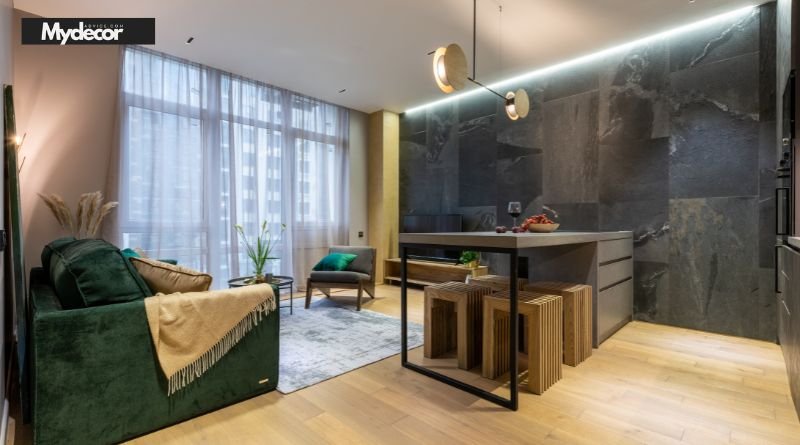
Choosing the Right Interior Design Style
Selecting an interior design style depends on several factors, including your personality, lifestyle, and the function of the space. Here are some tips to guide you:
- Assess Your Needs: Determine the purpose of the space and the activities it will accommodate.
- Consider Your Preferences: Reflect on the colors, materials, and patterns that resonate with you.
- Think About Maintenance: Some styles, like traditional or bohemian, may require more upkeep than minimalist or Scandinavian designs.
- Plan Your Budget: Certain styles, such as industrial or contemporary, might require higher investments in materials and furniture.
Conclusion
Interior design styles play a pivotal role in shaping the ambiance and functionality of spaces. Whether you prefer the timeless sophistication of traditional design, the cozy simplicity of Scandinavian interiors, or the bold creativity of eclectic styles, there’s something for everyone. Understanding the characteristics and principles of each style empowers you to make informed decisions and create spaces that reflect your unique identity.
With endless possibilities, exploring and experimenting with interior design styles can be a fulfilling journey, resulting in environments that inspire, comfort, and captivate.

